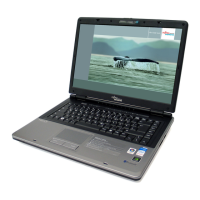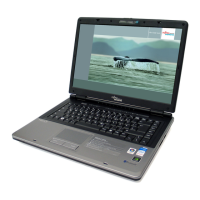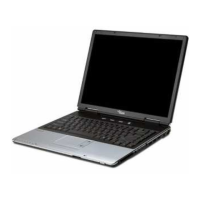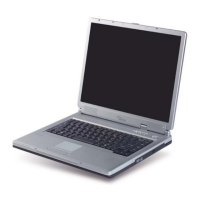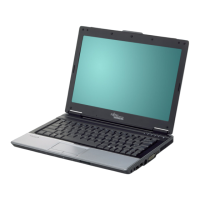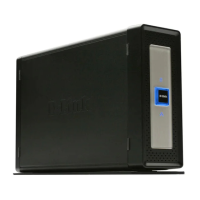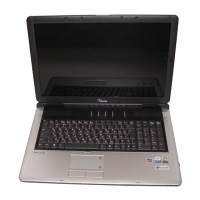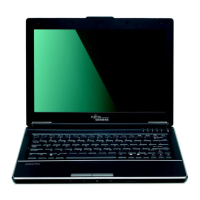What to do if my Fujitsu Siemens Computers Laptop notebook cannot be started?
- MMichael LittleAug 16, 2025
If your Fujitsu Siemens Computers Laptop notebook doesn't start, the battery might not be installed correctly, be dead, or the power adapter might not be connected properly. First, switch off the notebook and check if the battery is correctly installed. If not, install it correctly and switch the notebook on. If the battery is dead, charge it, insert a charged battery, or connect the mains adapter. Also, ensure the mains adapter is correctly connected to the notebook.
